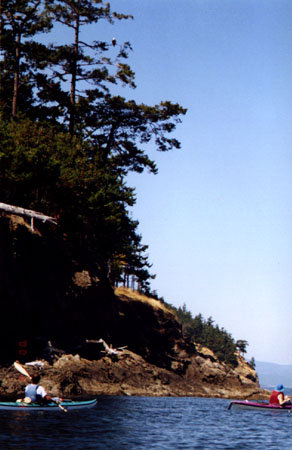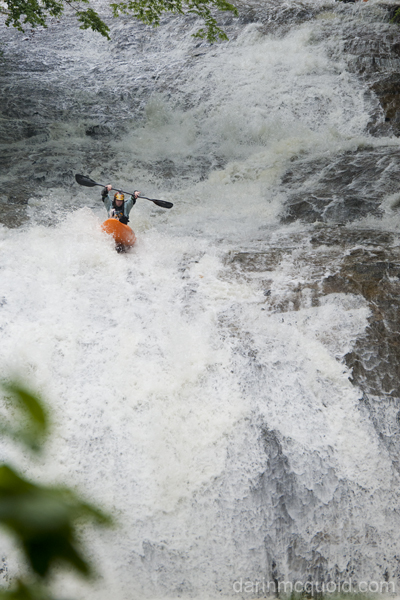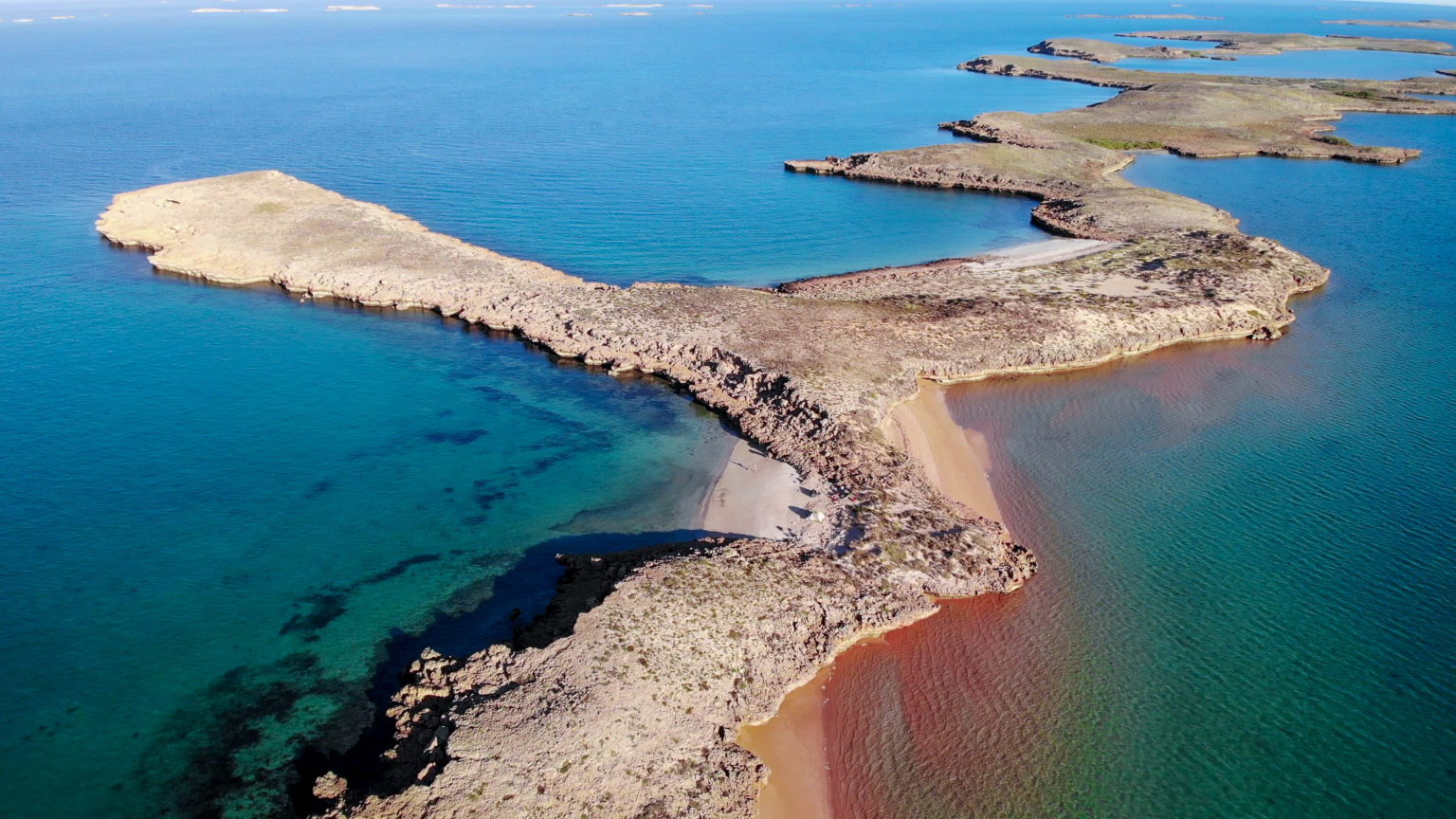

Now at 12 km from the start, circumnavigate Loreto island, leaving it on the left - for those traveling by kayak - and head towards the coast of Monte Isola. Leaving the bay of "Bögn", leave the coast and cross the lake with direction of Loreto island, about 7 km from the bay. Pass the SportAction nautical center where, in case of need, you find various useful services, and head towards one of the most beautiful, fascinating and unmissable hidden corners of Lake Iseo the Orrido or "Bögn" of Riva di Solto, with its wild natural bay with vertical slabs of rocks overhanging the lake which takes on emerald green colors. Proceeding in a southerly direction you arrive in the locality of Grè, famous for its stump quarries. On the opposite side, there is the Corno dei Trenta Passi (1248 meters above sea level) with the imposing rocky walls here Lake Iseo reaches its maximum depth of 251 meters. After passing in front of Castro and the mouth of the Borlezza stream, you find yourself at the Orrido or "Bögn", with imposing rocky walls looming over the lake along the shore you come across a small waterfall and a little further on in another fall of water covered with moss and vegetation called "Bear's Foot". You skirt the western coast of Lake Iseo, that connects Lovere to Sarnico the road - very characteristic in this section - is completely carved into the rock overlooking the lake. Proceed north-west towards the town of Lovere, that you can admire from the lake after about 750 meters - near the boat docking point in Lovere - reverse the route and proceed south-west, heading towards the tip of the Lucchini RS factory, behind which the village of Castro appears. While each group has its own culture, there are commonalities among them, including the importance of tapa and finely woven mats, which can be found among many diasporic Pacific Island households.The route starts from the headquarters of the Società Canottieri Sebino in Lovere (Bergamo), via G. These communities retain strong bonds to their homelands, preserving their identity by continuing cultural traditions like gifting tapa and woven mats.

California is home to almost 25% of the 1.2 million Kanaka Maoli (Native Hawaiians) and Pacific Islanders currently living in the United States. Called diasporic communities, there are especially large groups in Aotearoa (New Zealand), Australia, and the United States. Today, there are large populations of people with shared Pacific Islands cultural heritage or homelands that live all over the world. They take on new meaning for those in diasporic communities. are used as a marker of cultural identity, and are significant because if one can’t be in their own culture and living it daily, then having these tangible markers present are all the more important.

Much of this material was donated to American and European museums-including NHMLAC-creating vast collections rooted in colonialism and developed with an outsider’s perspective on the culture. From soldiers and medical workers to employees of companies engaging in resource extraction, many visitors collected cultural material from the local communities. The tapa and woven mat collection at NHMLAC is part of this history.

As European and American government officials, military forces, missionaries, merchants, medical workers, company employees, and other visitors continued their incursion into the area, they forever changed the region. When the Europeans first encountered the islands in Oceania in the 1500s, they often refused (or failed) to recognize these social structures, thus beginning centuries of intrusion into lands and cultures that had been thriving for thousands of years. Many early Pacific Island cultures were hierarchical, with a chief as leader. Colonialism, Conflict, and Resource Extraction


 0 kommentar(er)
0 kommentar(er)
